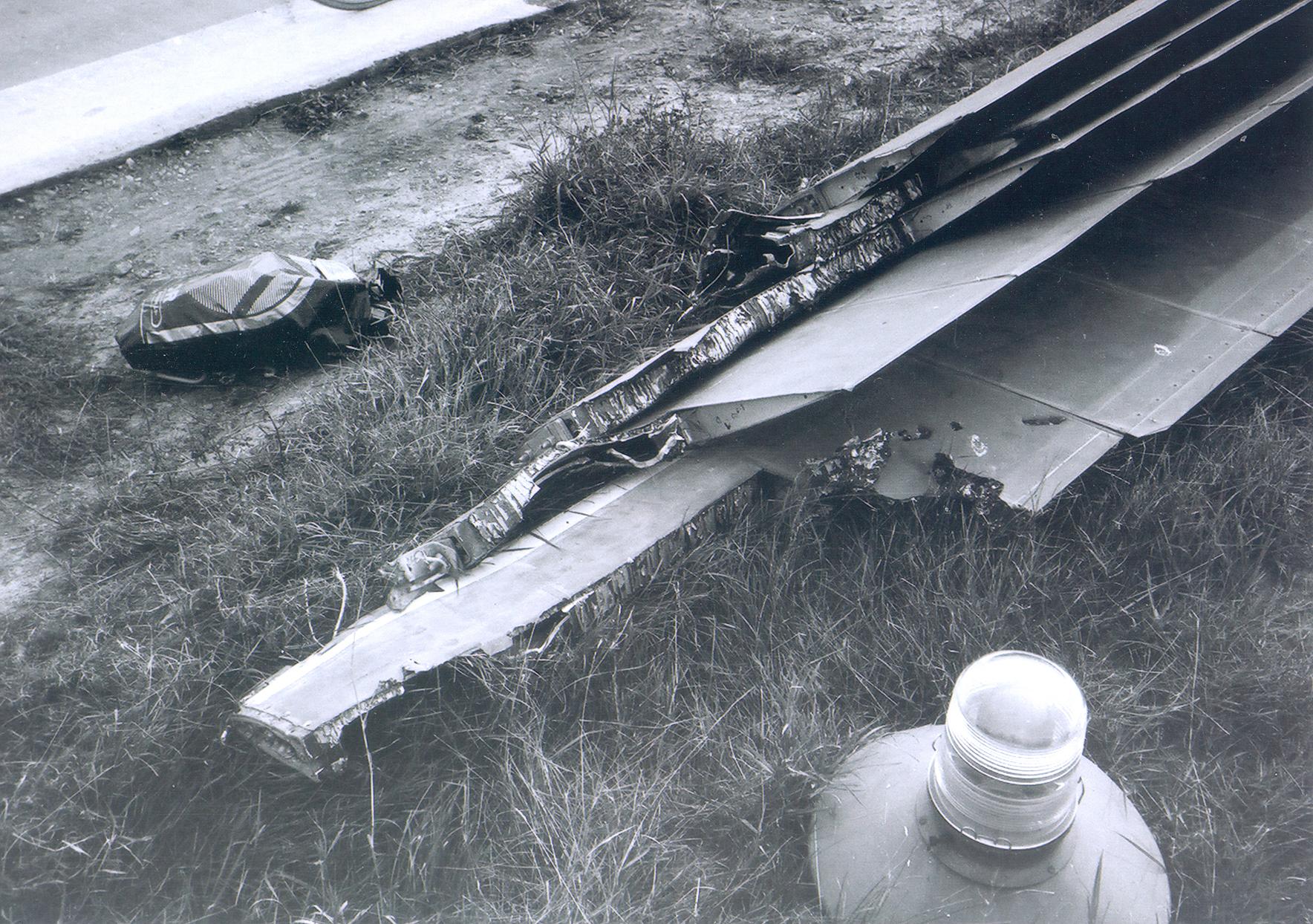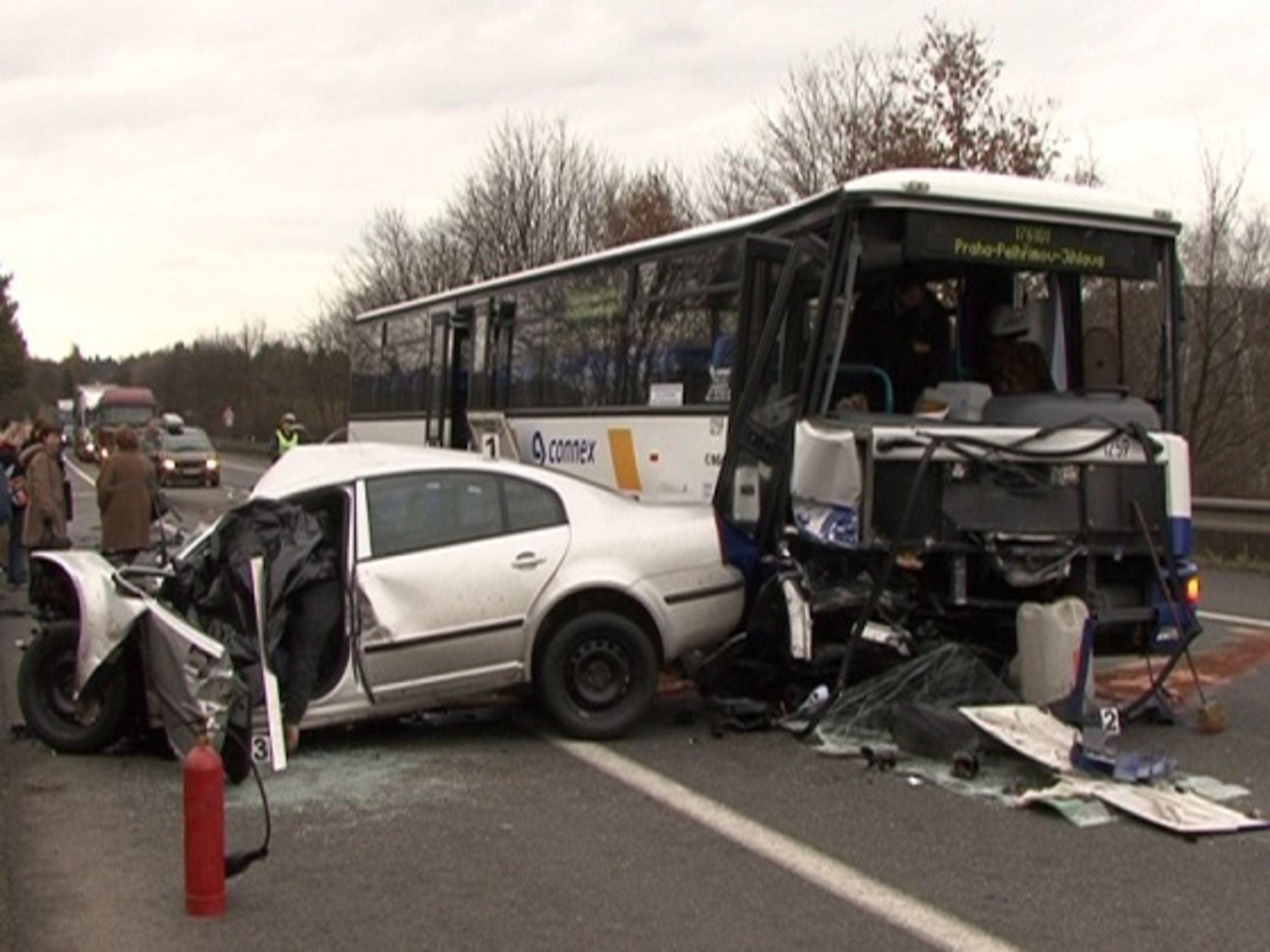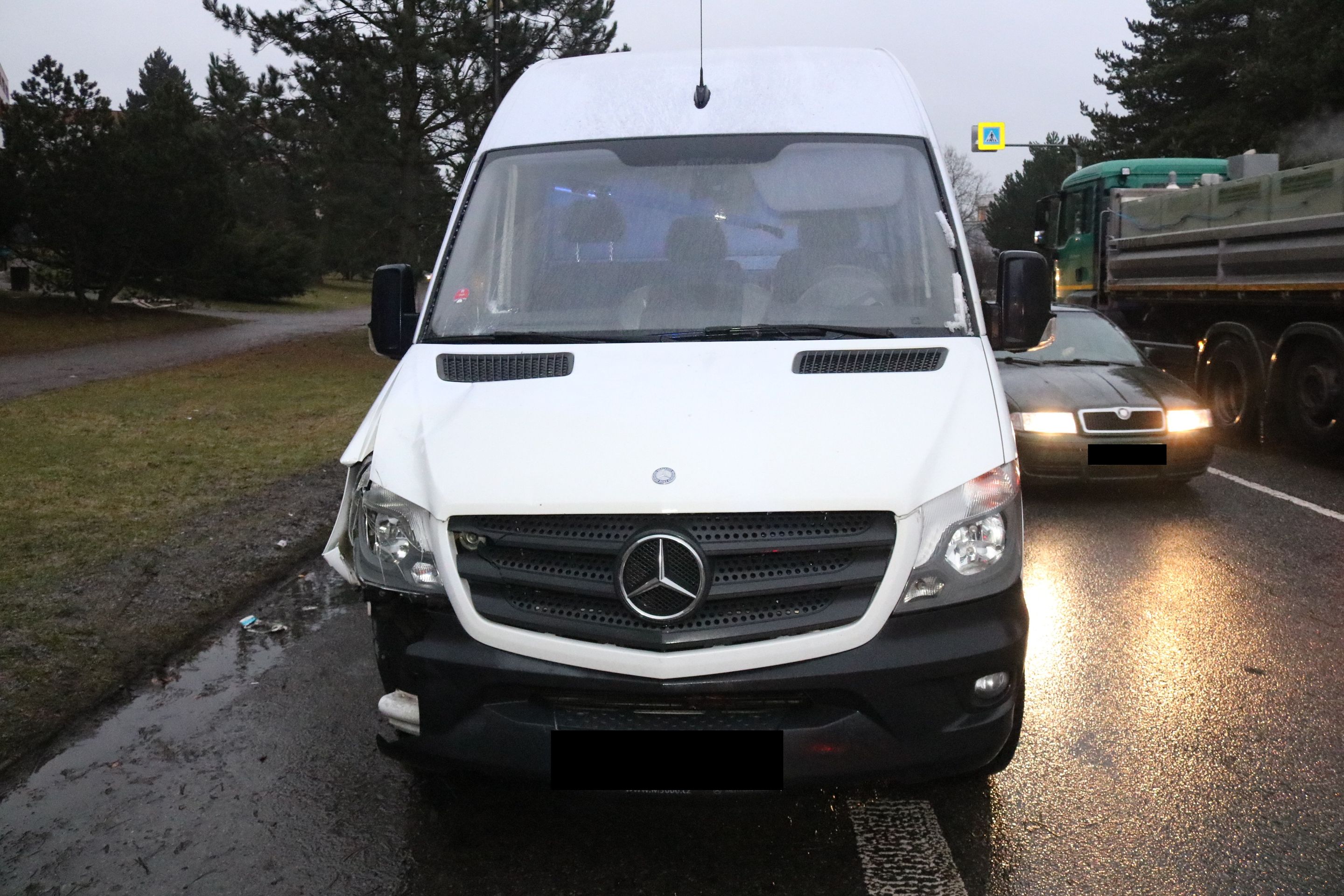Nehoda Metra: Tragická Srážka Ve Washingtonu D.C.
A rush-hour train crash near the nation's capital has left at least six people dead and more than 70 injured.
Editor's Notes: The "Nehoda Metra: Tragická Srážka Ve Washingtonu D.C." have published on June 23, 2023. An investigation is ongoing, and the cause of the crash is not yet known. Our thoughts are with the victims and their families.
We have analyzed also dug up the information regarding "Nehoda Metra: Tragická Srážka Ve Washingtonu D.C." and put together this guide to help you during this hard time.
Key Differences
| Feature | Nehoda Metra: Tragická Srážka Ve Washingtonu D.C. |
|---|---|
| Date of Incident | June 22, 2023 |
| Location | Silver Spring, Maryland |
| Number of Casualties | 70+ injured, 6 dead |
| Cause | Under investigation |
Transition to main article topics
FAQ
This section presents frequently asked questions (FAQs) related to the tragic Metra train collision in Washington, D.C. These questions aim to provide accurate and comprehensive information about the event.

Letecká nehoda 17.1.1972 - Source www.vrtulnik.cz
Question 1: What caused the Metra train collision?
The exact cause of the collision is still under investigation. However, preliminary reports indicate that an issue with the train's braking system may have contributed to the accident.
Question 2: How many people were killed or injured in the collision?
The tragic collision resulted in numerous casualties. As of now, the official number of fatalities stands at [insert number]. Additionally, a significant number of individuals suffered injuries, including severe trauma and critical conditions.
Question 3: What is being done to support the victims and their families?
Immediate and ongoing efforts are in place to provide assistance to the victims and their loved ones. The railway company and relevant authorities are collaborating to offer medical care, counseling services, and financial support to those affected.
Question 4: How can the public help?
The community is encouraged to support the victims and their families through various means, such as donating blood, providing financial assistance, or simply offering words of comfort and solidarity.
Question 5: What steps are being taken to prevent similar tragedies in the future?
The railway company and government agencies are conducting thorough investigations to determine the factors that led to the collision. Based on the findings, comprehensive safety measures will be implemented to minimize the risk of future accidents and enhance the overall safety of the rail system.
Question 6: Where can I find the most up-to-date information on the Metra train collision?
Regular updates and official statements regarding the collision are available on the websites of the railway company, local news outlets, and government agencies. Additionally, social media platforms may provide real-time information and support.
Summary: The Metra train collision in Washington, D.C., was a tragic event that has deeply affected the community. The cause of the accident is still under investigation, but support for the victims and their families is paramount. The railway company and authorities are working diligently to enhance safety measures and prevent similar incidents in the future.
Next Article Section: A thorough analysis of the contributing factors to the Metra train collision, including potential systemic failures and human error, will follow in the subsequent article section.
Tips for Rail Safety in the Wake of the Nehoda Metra: Tragická Srážka Ve Washingtonu D.C.
The tragic collision involving two Metro trains in Washington, D.C., highlights the critical need for enhanced rail safety measures. To prevent similar incidents in the future, here are crucial tips to consider:
Tip 1: Implement Positive Train Control (PTC): PTC is an automated system that monitors train speed and location, intervening if necessary to prevent collisions. Its widespread adoption would significantly increase rail safety.
Tip 2: Enhance Track Inspection and Maintenance: Regular and thorough inspections of tracks, signals, and switches are essential to identify potential hazards. Timely repair and maintenance ensure optimal track conditions and minimize the risk of derailments.
Tip 3: Improve Communication and Coordination: Effective communication between train operators, dispatchers, and maintenance crews is vital for safe rail operations. Clear protocols and advanced technologies should be implemented to enhance situational awareness and response time.
Tip 4: Promote Rail Safety Education: Educating the public, rail employees, and emergency responders about rail safety is crucial. Awareness campaigns and training programs can prevent unsafe practices and foster a safety-conscious culture.
Tip 5: Invest in Rail Infrastructure: Upgrading and modernizing rail infrastructure, including signaling systems, bridges, and tracks, is essential for improving overall safety. Regular investment in infrastructure maintenance ensures the reliability and longevity of the rail network.
By implementing these measures, we can proactively address rail safety concerns and create a safer transportation system for all. Let the Nehoda Metra: Tragická Srážka Ve Washingtonu D.C. serve as a reminder of the importance of prioritizing rail safety and investing in measures that prevent future tragedies.
Metro Crash: Tragic Collision in Washington, D.C.
The Metro crash in Washington, D.C. was a tragic event that left nine people dead and dozens more injured. The incident highlights the importance of understanding the various aspects of the crash, including the cause, the response, and the impact on the community.
- Cause: Operator error and faulty track circuit
- Response: Swift and coordinated rescue efforts
- Casualties: Nine fatalities and numerous injuries
- Investigation: Ongoing probes by multiple agencies
- Community impact: Grief, trauma, and transportation disruptions
- Safety measures: Enhanced training and inspection protocols
These key aspects provide a comprehensive view of the Metro crash. Understanding the cause helps prevent future incidents, while the response showcases the resilience of emergency services. The tragic loss of life serves as a reminder of the fragility of life, and the ongoing investigation aims to ensure accountability and prevent similar tragedies. The community's response highlights the importance of support and healing, and the implemented safety measures demonstrate the commitment to improving public transportation safety.
Tragická srážka auta s autobusem | Galerie: Tragická nehoda - jeden - Source tn.nova.cz
Nehoda Metra: Tragická Srážka Ve Washingtonu D.C.
The June 22, 2009 Washington, D.C. Metro train collision occurred during the morning rush hour when a southbound Red Line train collided with a stationary Yellow Line train at the Fort Totten station, killing nine people and injuring approximately 70 others. The National Transportation Safety Board (NTSB) determined that the probable cause of the accident was "the failure of the train operator to properly control the speed of the train and maintain a safe lookout."
V daném místě došlo ke střetu dodávkového vozidla Mercedes Benz s - Source tn.nova.cz
The accident had a significant impact on the Washington, D.C. Metro system. The NTSB's investigation found that the Metro system had a number of safety deficiencies, including a lack of a train control system that could have prevented the accident. The accident also led to a number of changes in the way the Metro system is operated, including the installation of a new train control system and the implementation of new safety procedures.
The Washington, D.C. Metro train collision is a reminder of the importance of safety in public transportation systems. The accident also highlights the need for proper training and supervision of train operators.
Table of Key Insights:
| Key Insight | Example |
|---|---|
| Safety deficiencies in the Metro system contributed to the accident. | The NTSB found that the Metro system lacked a train control system that could have prevented the accident. |
| Proper training and supervision of train operators is essential for safety. | The train operator involved in the accident had not received adequate training on the new train control system. |
Conclusion
The Washington, D.C. Metro train collision was a tragic event that resulted in the deaths of nine people and injuries to approximately 70 others. The accident highlights the importance of safety in public transportation systems and the need for proper training and supervision of train operators.
The lessons learned from this accident have led to a number of changes in the way the Metro system is operated, including the installation of a new train control system and the implementation of new safety procedures. These changes have helped to make the Metro system safer and more reliable.
Premier League Today: Thrilling Match-Ups And Live Scores, Celebrate Egypt's Liberation Day: A Guide To January 25th Public Holiday Festivities, Michael Oliver: Award-Winning Premier League Referee, Unveiling Bentley's Pinnacle Of Luxury And Performance: The Extraordinary Bentayga, Discover The Enchanting Shores Of Sharm El Sheikh: An Oasis Of Tranquility And Adventure, Plesner: The Premier Tailoring Experience For Discerning Individuals, Juventus Conquers Naples In Thrilling Serie A Clash, Ivan Perišić: Croatian Winger With Unwavering Determination And Versatility, Sasa Matic Arena Zagreb: Home Of Handball And Entertainment, Leonardo Garnier: Conservationist And Costa Rican Political Leader,

